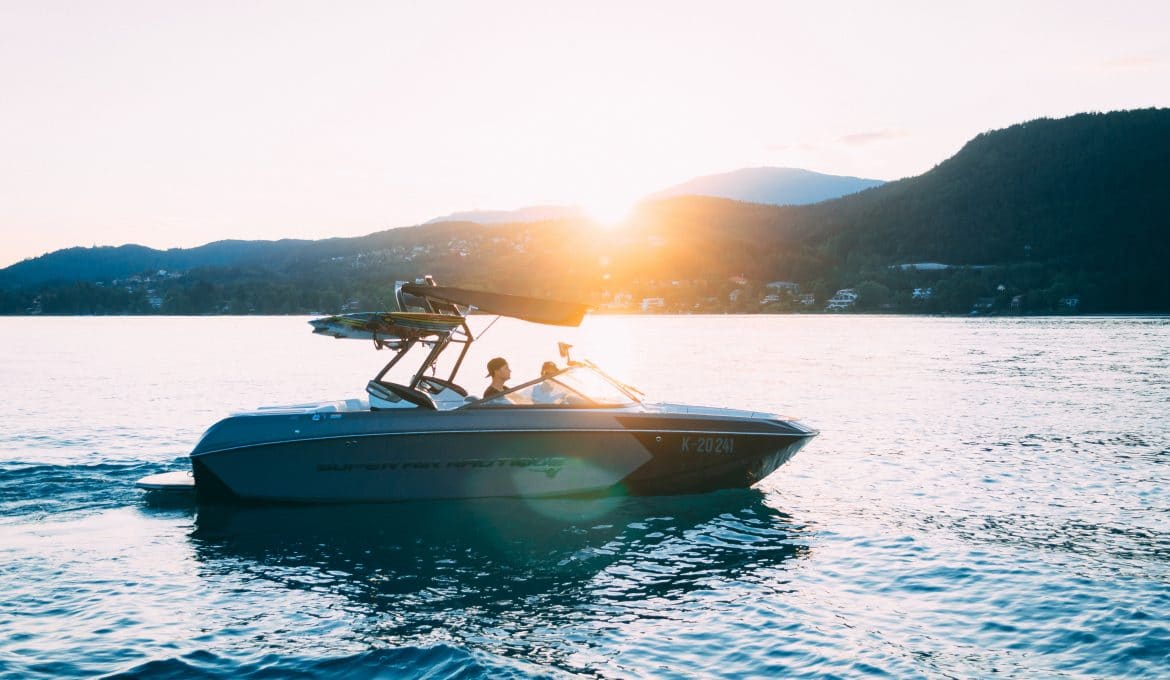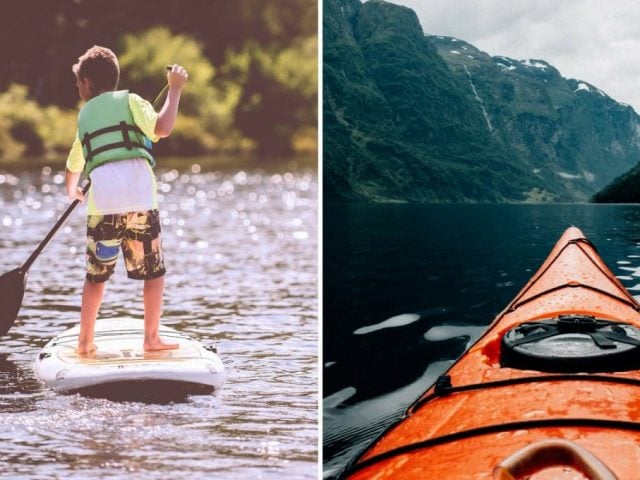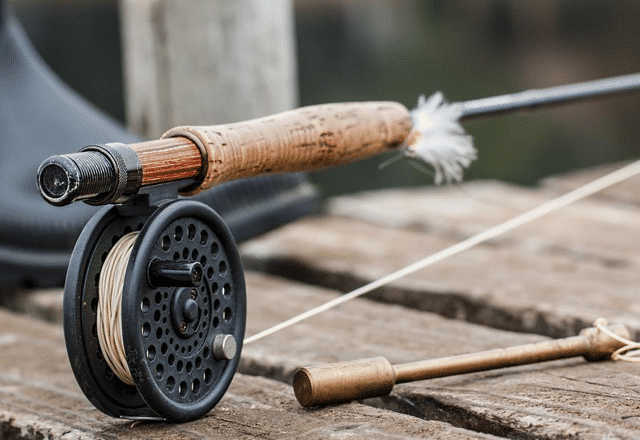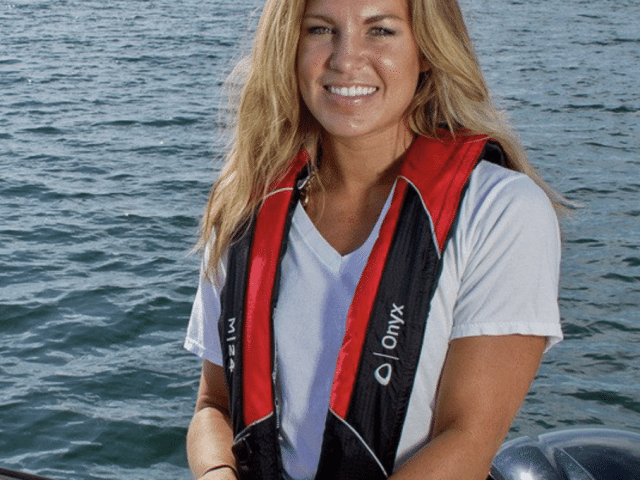A person overboard situation is never good, but it can quickly turn even more disastrous if you don’t have the proper kind, or any kind, of throwable rescue flotation device onboard. Throwable rescue gear, also called throwable PFDs (personal flotation devices) is not only a good idea but they’re also actually required by law on some vessels.
Before stepping foot on the boat or embarking on an adventure on the water, it’s important to equip yourself with the knowledge of choosing throwable rescue gear, as well as arm yourself with the appropriate information about how to use them. Additionally, you really should have a throwable floatation device onboard, whether required by law or not, to be on the safe side.
When it comes to throwable rescue gear, like most safety items, it’s better to have one and not need it than need one and not have it.
Why Do You Need Throwable Rescue Gear?

Some boaters ignore common sense (and the law) and skip having the proper flotation devices on board their vessel, but this is incredibly dangerous! The vast majority of boating fatalities are drownings, and in 90% of those cases, the victim isn’t wearing a PFD, and there isn’t a throwable rescue PFD on board the vessel.
A throwable device, in particular, is required for all vessels over 16’ in length, but really everyone should carry them on every boat—especially if not everyone on board is required to wear a life vest of their own. Having a throwable PFD on board that you can toss to someone in trouble may very well save their life, and can turn a potential tragedy into a story with a happy ending.
And of course, even if everyone on board your boat has a life vest, is wearing a helmet, is an Olympic swimmer, has an emergency oxygen bottle, and is all perfectly safe, you can still save the life of a fellow boater or fisherman in the water with a throwable PFD.
While only larger, typically ocean-going vessels are required to have a throwable rescue PFD onboard, we think that all vessels, all the way down to single-person canoes and kayaks should have one. Safety first! It should never be an afterthought.
Types of Throwable Rescue PFDs
Personal flotation devices that are designed to be thrown over the side of a boat to someone in the water are known as Type IV PFDs, according to the official Coast Guard PFD and life vest standards. These PFDs, like the more standard life vests most people are familiar with, come in a variety of types and designs.
Buoyant Seat Cushion
The most common is the simple but effective buoyant seat cushion. These stay out of the way and actually provide a handy, convenient seat until the time comes when you may need them. Thankfully, they still work fine in an emergency scenario, though they do tend to wear out after a while, so you should check on them every so often and replace or update them when necessary.

These PFDs are great because they stay out, are visible, are easily accessible, and provide a dual purpose. They’re also immediately available in the rare instance where you have to abandon a sinking vessel quickly. The downside is that they usually aren’t as buoyant as other types, and they don’t have a way to facilitate getting someone back into the boat.
Life Preserver

Next, you have the more traditional life preserver type of throwable PFD. These are naturally very buoyant and typically are hung on a cabin wall, or somewhere else easily accessible, to be thrown out to someone in the water. You can then use their attached line to help reel them in. They come in two main varieties, one in the traditional circular ring style, and another in a U-shaped horseshoe style.
Inflatable PFD

Finally, you have the compact, inflatable PFDs that you can store in a pack, or mounted in a minimalistic fashion to a bulkhead, or anywhere else that space seems limited. These small devices function very similarly to inflatable life vests. Inside the device is a pressurized CO2 canister and a water sensor.
Throwing the device into the water (in some cases after pulling an arming pin like on a fire extinguisher) will cause the device to inflate automatically. These are perfect options for smaller vessels such as canoes, kayaks, and rafts, but they’re also great for larger vessels as well. They’re also great for first responders to have on hand in case someone in the water needs help.
A Quick Guide to Understanding PFD Ratings
While throwable rescue floatation devices are considered a Type IV, according to the Coast Guard PFD standards, you might be asking yourself what the difference is between the other types of personal floatation devices. Below is a quick guide to understanding the different PFD ratings.
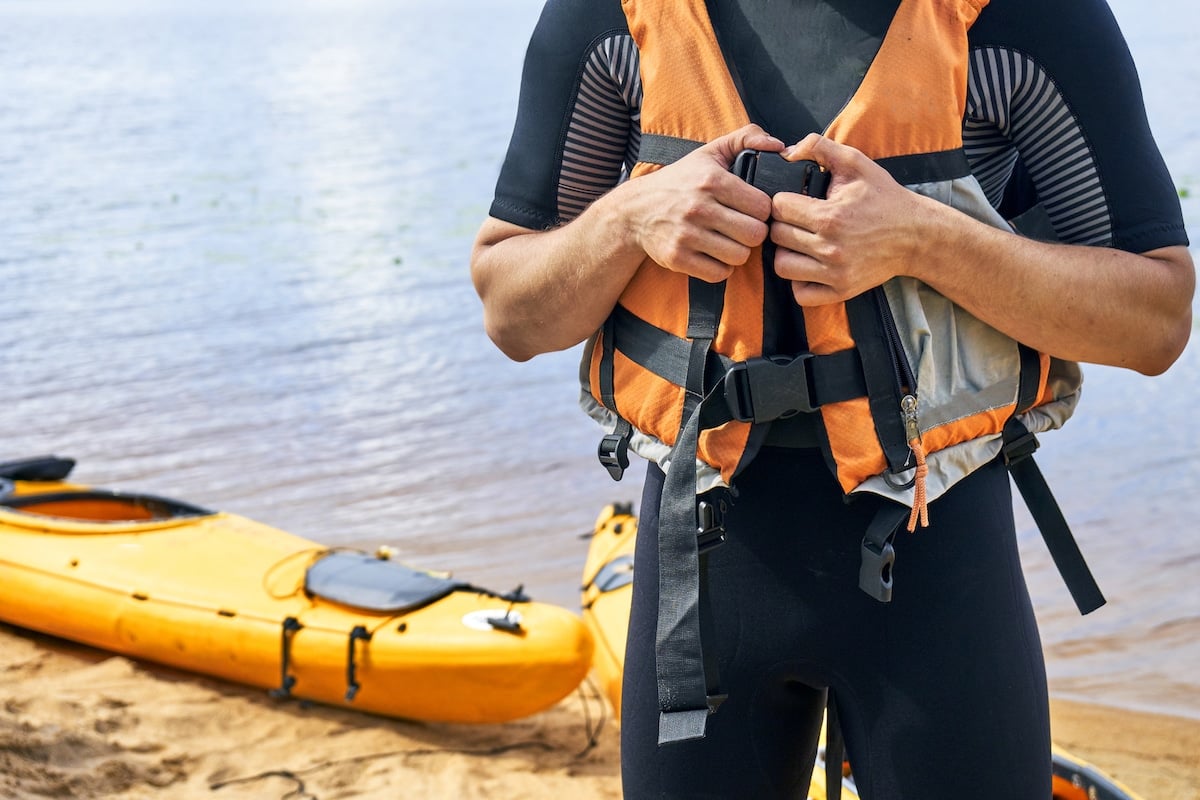
- Type I. Often found on cruise ships and commercial vessels, this type is made for activities in remote areas where rescue could potentially take a while to arrive.
- Type II. This type is typically less expensive and more basic than a Type I and is often used in locations where rescue is nearby such as lakes, ponds, and rivers.
- Type III. Made with kayakers, paddleboarders, and watersports enthusiasts in mind, this type is designed with comfort in mind as they’re constructed for continuous wear.
- Type IV. This type covers throwable PFDs as discussed above.
- Type V. Life vests within this type must be worn at all times during specific activities — fishing, kayaking, wakeboarding, etc. — to be considered properly worn/approved by the Coast Guard.
If you’re not sure which life vest is the best life vest for you, check out our guide to choosing the right life vest.
While throwable rescue gear isn’t required on all vessels, we strongly believe that all vessels should have them. These relatively inexpensive devices help keep you safe, and also allow you to come to the aid of another person should the need arise.
What do you look for in a throwable PFD? Tell us in the comments below.

